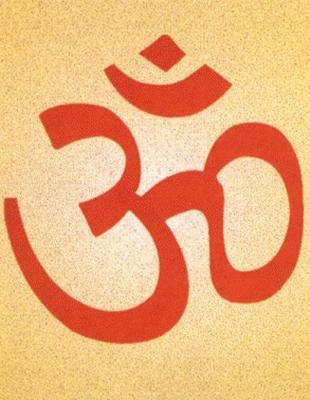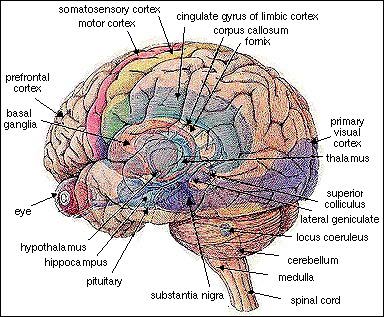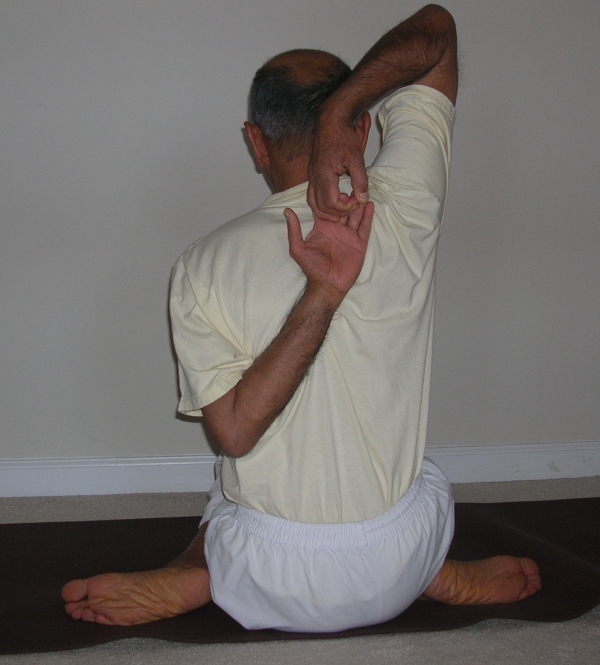|
|
As many of you are aware, the next 21-day yoga challenge program will begin on June 6. Based on the very positive and encouraging response from those who participated in the 21-day program n April, I plan to hold similar programs approximately every two months in the near future. At the present time, all fifteen spots for the June program have been filled. However, if you would like to join one of the future programs, or would like more information, please contact me.
It is really heartening to see that the participants are making such a deep commitment to attend the yoga class for 21 days at a stretch. Many of the participants have told me that to wake up that early to start the class at 6 AM is in itself a big challenge for them. In addition to attending for these 21 days, I am also recommending that they continue to practice on their own for 21 additional days after this session is over. According to many experts, it takes 21 days of regular practice to start realizing the benefits of any new change in your life and further 21 days to finally convert the practice into a habit. Once it becomes a habit, it is easy to see how this can become a lifestyle instead of an effort or a chore. To see some of the anticipated benefits, please visit my original blog post on the first 21-day program here.
I would truly welcome your feedback and comments. The program participants may like to use the comments section below to discuss any questions, thoughts or experiences that they have before, during or after the session.

If you attend a yoga class, it is very likely that the teacher starts the class by reciting the sound of OM three times. Most teachers like to chant OM at the end of the class as wll. That’s how I start and end the classes tha I teach. So, the natural question that comes up is, "why chant OM and what is the significance of this sound?". Here is a brief explanation of the meaning and significance of OM.
OM is considered to be the ‘primordial sound’. Even before the material creation came into existence there was only the natural humming energy which resembled the sound of OM. Today, we know that one form of energy can be converted to another form – electricity to sound, electricity to heat, heat to electricity etc. According to the famous equation by Einstein – E=mc2, all matter is nothing but waves of energy. So, when the ‘powers that be’ decided to create this material universe, they were able to use the ever-present humming sound vibration of OM to manifest this creation. This same vibration continues to exist all around us and even inside us. The inner sound is given the name "antar-naada" (the inner sound) which can be heard when we can tune in to our pure inner self.
Continue reading »

Recently I received this link from a friend of mine about an article in NYT describing research on creativity conducted at the University of New Mexico. The research utilized f-MRI technology to study and "measure" creativity under different conditions. On reading the article I noticed striking parallel between the findings of this research and yoga philosophy as given in Patanjali’s Yoga Sutras. In order to point out the similarities to the author of the article, Patricia Cohen, I have written her the following letter:
Continue reading »

Gomukhasana – गोमुखासन (Cow-face Pose) is one of the popular sitting postures. It is called "cow-face" because in this pose the lower limbs resemble the face of the cow. The two knees with the gap in between look like the mouth and, the shin, the side of the face. The feet look like the ears of the cow.
Step-by-Step
Continue reading »
As we know, pranayama (breathing techniques) and meditation are two of the key ingredients of an integrated yoga routine. Patanjali, in his Yoga Sutras, has given us these 8 "tools", called the eight limbs of yoga (Ashtanga Yoga) to achieve stillness of the mind – yamas, niyamas, asana, pranayama, pratyahara, dharana, dhyana, samadhi. Many of the yoga practitioners tend to limit their practice to only the 3rd limb, asana, the physical postures. Even though the practice of asana will make the body more flexible and stronger, by practicing only asanas we are limiting ourselves to a small subset of the benefits that yoga can provide. If we want to achieve the full complement of benefits of yoga, we need to avail of all the "tools" that are given to us.
Continue reading »

Meditation is the seventh of the eight limbs of yoga (Ashtanga Yoga) as given by sage Patanjali in his Yoga Sutras. The eight limbs of yoga are:
- Yama (social restraints)
- Niyama (personal commitments)
- Asana (physical postures)
- Pranayama (breathing techniques)
- Pratyahara (sense withdrawal)
- Dharana (concentration)
- Dhyana (meditation)
- Samadhi (total absorption)
Continue reading »
The "21-day yoga challenge" program got off to a great start on April 5. A total of 15 participants signed up for the program. Since then one person has opted to discontinue. She has a two-month old baby. After trying for a couple of days she realized that it was too early after the delivery of the baby to come back for yoga. It is great that she has the desire to get back into shape quickly after childbirth. However, it is very encouraging to see that she listened to her own body and made the right decision to discontinue with the program. The rest of the group seems to be fully committed and have been coming regularly at 6:15 AM. For some of them getting up that early is indeed a big challenge; but as days go by, they all seem to be enjoying the experience. One person who had to miss the weekend due to prior family commitment has promised to continue the practice at home.
I have requested the participants to maintain a daily journal of their experience with the program. It would be great to get a write-up from everyone at the end of the program where they can present their individual experiences. I can put these up on the website for others to see and get inspired.
Please see the details of the programs in my earlier post.

Some time ago, I received an email asking me to join a 30-day yoga challenge program. I did a quick search on Google for something like "30-day yoga challenge" or just "yoga challenge", and I came across a large variety of yoga challenge programs being offered. Most of these programs entail making a commitment and then practicing at your own home using a video or a tape that the originator of the program offers you. Since I am myself a firm believer in establishing an on-going regular practice, I thought about offering my own version of a similar program. In this program, instead of practicing on your own at home, you will be practicing with me in a group. However, instead of calling it a "challenge", I have decided to call it the "Yoga Immersion" program. I like to engage the students in all aspects of yoga – asana, pranayama, relaxation, meditation, yoga philosophy, yogic diet etc., essnentially creating an environment where the students can immerse themselves in yoga.
Continue reading »

I recently received this link from a friend with the title, “Bad Karma: How Yoga Can Lead to Serious Injury – Sloppy teaching and overly competitive students are giving yoga lovers serious and scary injuriesâ€. As you can see, the title says it all. So, the answer to the question, “can yoga practice cause injury?†is apparently “yesâ€.
But this begs the question – how can a practice which is considered to be a healing art and science cause physical injury? To understand the answer to this question, we have to recognize that like any other physical exercise, yoga also involves physically stretching the body in different ways. Injury occurs when we don’t pay attention to the basic safety guidelines which have been prescribed for every form of exercise.
Continue reading »

In an earlier post, I had talked about the ‘mindfulness yoga’ workshop at Yogaville that I attended some time ago. In one of the sessions at this workshop, we practiced what is commonly called “Yin Yogaâ€. In this style of yoga, the emphasis is on mindfulness while practicing the asanas which are generally held for a long duration (several minutes). So, I decided to follow this practice of long hold times in a few of my recent classes. We practiced some of the simpler poses like the forward bends, gentle back bends, some side stretches and twists and held each for about 2 to 3 minutes. The feedback has been very encouraging and most of the students seem to have enjoyed these sessions. There are a few who had some difficulty holding the poses. At the end of this post, I will provide excerpts from some of these feedback emails that I received.
Continue reading »
|
Video DVD
Yoga with Subhash (asana and pranayama)
- Basic asana sequence (~50 min) ($18)
- Pranayama/Meditation (~35 min) ($12)
- Set of above two ($25)
Video recording of special programs offered in the past
(Links to YouTube videos will be provided)
- 21-day yoga immersion - $40
- 7-day hip opening intensive - $20
- 14-day meditation intensive - $30
- 14-day pranayama intensive - $30
- 7-day hamstring/quad intensive - $20
- 14-day Level 2 yoga intensive - $35
Payment options:
- cash, check, Zelle (use subhashmittal@gmail.com) or Venmo (use 9199269717)
- PayPal (go to bottom of page) (add $5 to the fee listed above)
Please contact me if you would like to buy.
|







Recent Comments